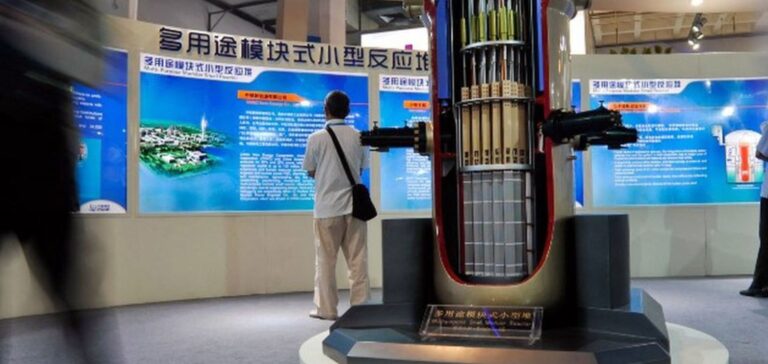Four Danish companies – Copenhagen Atomics, Aalborg CSP, Alfa Laval and Topsoe – have signed a memorandum of understanding with Indonesian ammonia producer Pupuk Kalimantan Timur (PKT) and Pertamina New & Renewable Energy to study the construction of a facility in the town of Bontang on the east coast of Borneo Island in East Kalimantan Province.
Opening in 2028
The plant is expected to open in 2028 and will produce 1 million tons of ultra-low emission ammonia per year, representing an estimated investment of US$4 billion. This production is sufficient to produce fertilizer to feed 45 million people, about one-sixth of the Indonesian population.
Over the 50-year life of the plant, the value of the ammonia produced will reach US$25 billion at current prices. In addition to ammonia synthesis, Topsoe will provide a newly developed electrolysis cell technology called solid oxide electrolysis cell (SOEC). SOEC claims to make hydrogen production up to 30% more efficient than competing technologies. Hydrogen is an intermediate step in the production of ammonia.
Alfa Laval will deliver heat exchangers to optimize the plant’s energy balance and desalination plants to produce ultra-pure water for the electrolysis process. Copenhagen Atomics will supply its compact modular thorium molten salt reactors (SMRs). Meanwhile, Aalborg CSP will design and supply thermal energy storage systems, molten salt steam boilers providing the energy balancing necessary to integrate the power generation of the SMR modules with the electricity generation and waste heat recovery from the electric turbines, while producing ultra clean water. The central part of the project will be the nuclear power plant composed of 25 SMR modules, providing a total power of 1 GW.






















